Witness to a Protest
Witness to a Protest
I huddled behind a large wooden vase with my laptop pressed against my chest. I knew I should probably flee up seven floors to the safety of our room, but the urge to stay was stronger. Shouting rattled my ear drums much like stone and water cannons had rattled the glass hotel front just moments earlier.
It had started with sirens wailing which forced us out of bed – not an uncommon sound in our corner of Phnom Penh – but the volume and frequency were persistent. From our window we could see a stream of police vehicles and fire trucks blocking the bridge just outside our hotel. Police officers decked in riot gear were unloading and organizing. Just a little further down the road we could see a similar accumulation of people.
We had no idea what was happening and went about our day. Pete, off to class on the second floor, and me, to the lobby for breakfast. My coffee and toast were hastily delivered, but then soon grew cold as I took up my hiding spot behind the vase. The large hotel entrance was near empty, all employees had rushed to stand street-side and witness the action. Even Pete had ran past me, camera in hand, ready to capture the activity in front of us. Be careful, I called after him, not really expecting him to hear me. Adrenaline and his instinct to capture had surely taken over.
It wasn’t long before he was back inside as the momentary panic had passed and attention was again turned to the crowd continuing to brew back across the bridge. Those few protestors who had broken through and drawn attention right in front of our hotel continued down the street towards the centre of town. There weren’t many of them. I suspect they didn’t get very far.
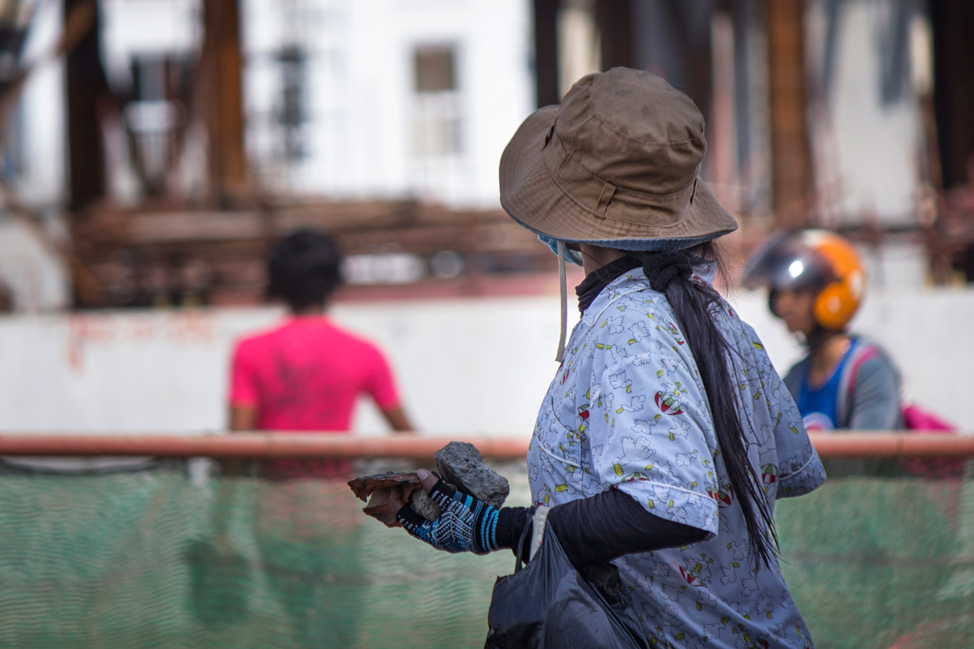
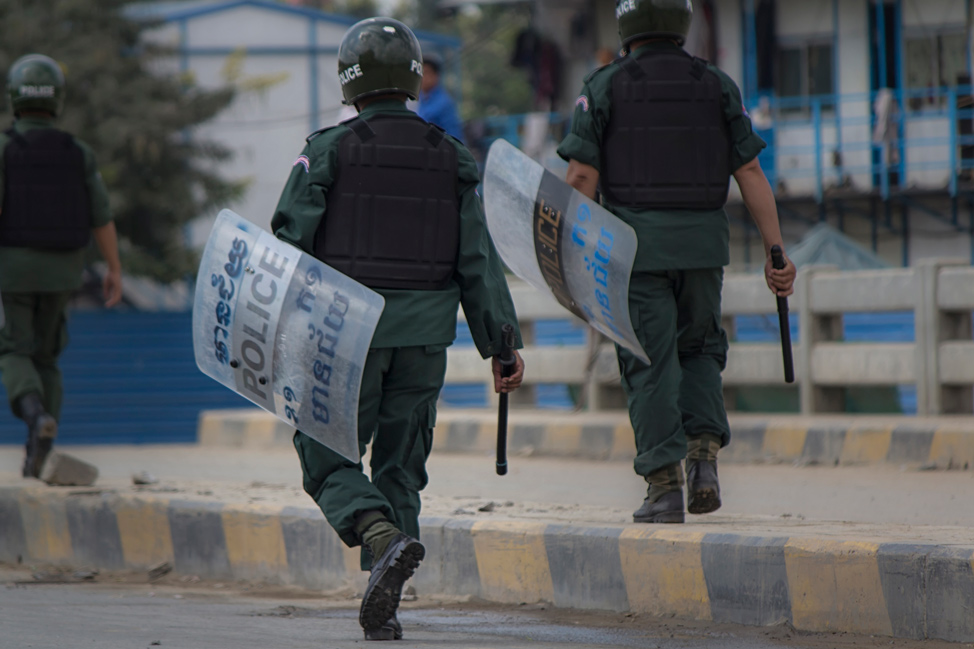
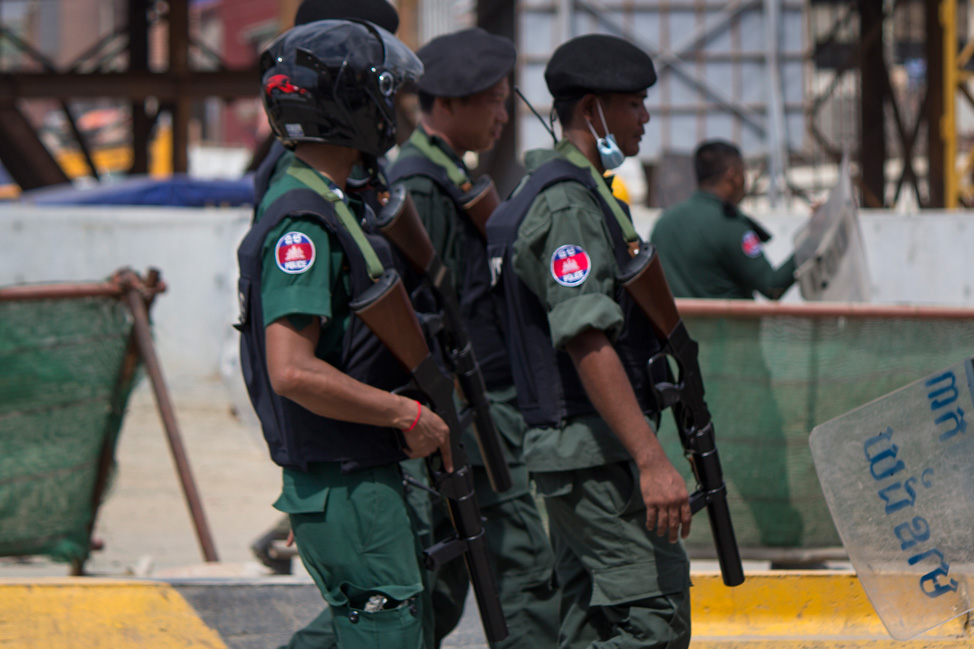
Pete was buzzing as he came back in. “You should probably take that upstairs,” he said, motioning to the laptop still pressed against my chest. I nodded, and peeled myself away from my hiding spot.
*****
He returned to class and I sat at our window, alone, watching actions unfold. Activity would surge and recede, the protestors would make a push forward, throwing stones as far as they could reach. A vehicle was overturned and set on fire. The police would push back with rubber bullets, tear gas, and water. The crowd would retreat.
Pete and I messaged back and forth about what we could each see from our prospective spots. Just when we thought it was over and things were calming, there would be a new push, new retaliation, new resistance.
And then, the unthinkable. I mean, we’ve seen this before on the news, but not played out right in front of us. Rubber bullets gave way to live ammunition. (At first, I didn’t want to believe Pete’s insistence that those were real bullets being fired. Reading reports later would prove that I was wrong.) Captured protestors, with arms raised and in obvious submission, were also savagely beaten by those arresting them. Protesting monks who stood out in the crowd with their bright orange garb were not immune to the brutal force.
Was this real? I couldn’t bring my mind to wrap it. A message from Pete confirmed that he would not be leaving the hotel for his scheduled practicum that day (thank goodness), and that the hotel was considering putting us on total lockdown.
It didn’t last much longer. The protesters had been defeated and many arrested. They disbanded and gave up their quest to walk to the residence of the Prime Minister and deliver their message.
Their plight is one common to this part of the world – one of being overworked in deplorable and unsafe garment factories while earning less than the minimum wage. The workers from this particular factory serve H&M, the Gap, and other global brands. They have already been protesting for months to no avail.
“We are embarrassed that you have seen this,” said those Cambodians we talked to about it later.
They were embarrassed? I was embarrassed – sitting there in my cheap H&M pants, supporting the discount retailer that these protestors were actually rallying against. I was a part of the problem. I was part of the reason why an innocent woman lost her life via a stray bullet.
It’s easy for us to forget, while on the other side of the world, that a simple decision of where we buy our cheap clothes causes ripples somewhere else. Or in this case, brutal, terrifying waves. Not only of crippling poverty but of a desperate voice met by tyrannical violence.
This protest, which resulted in devastating injuries and death, barely made the news around the world. And had I not seen it for my own eyes, I might have never given this issue a second thought.
But now I must.
*****
It is difficult to be “citizen detectives” for every purchase we make – especially in an industry rife with complex supply chains and given the fact that corporations have the extensive means to control their image.
But I am trying. And if you want to learn more, consider the following reading (although realize that some of these articles are dated):
- I am halfway through this book: The China Price, and it gives a very thorough and detailed look at why my $10 H&M leggings were so cheap, and who is really paying the price.
- Several readers recommended another book, No Logo by Naomi Klein, which will be next on my list.
- Are those unethical clothing brands hiding in your closet? A list of ten brands that are likely there.
- “The tricky part is finding clothing that has actually been made ethically.” Yes, sweatshops still make most of your clothes.
- An expose on 60 big brands that use sweatshop labor.
- An all-encompassing list of “good” retailers does not exist. But this one is a start to ethical shopping.
- How to buy clothes ethically, the Canadian edition.
And for those of you who want to take it a step further, please consider tweeting this article to @HM and @Gap. Maybe they’ll hear us.
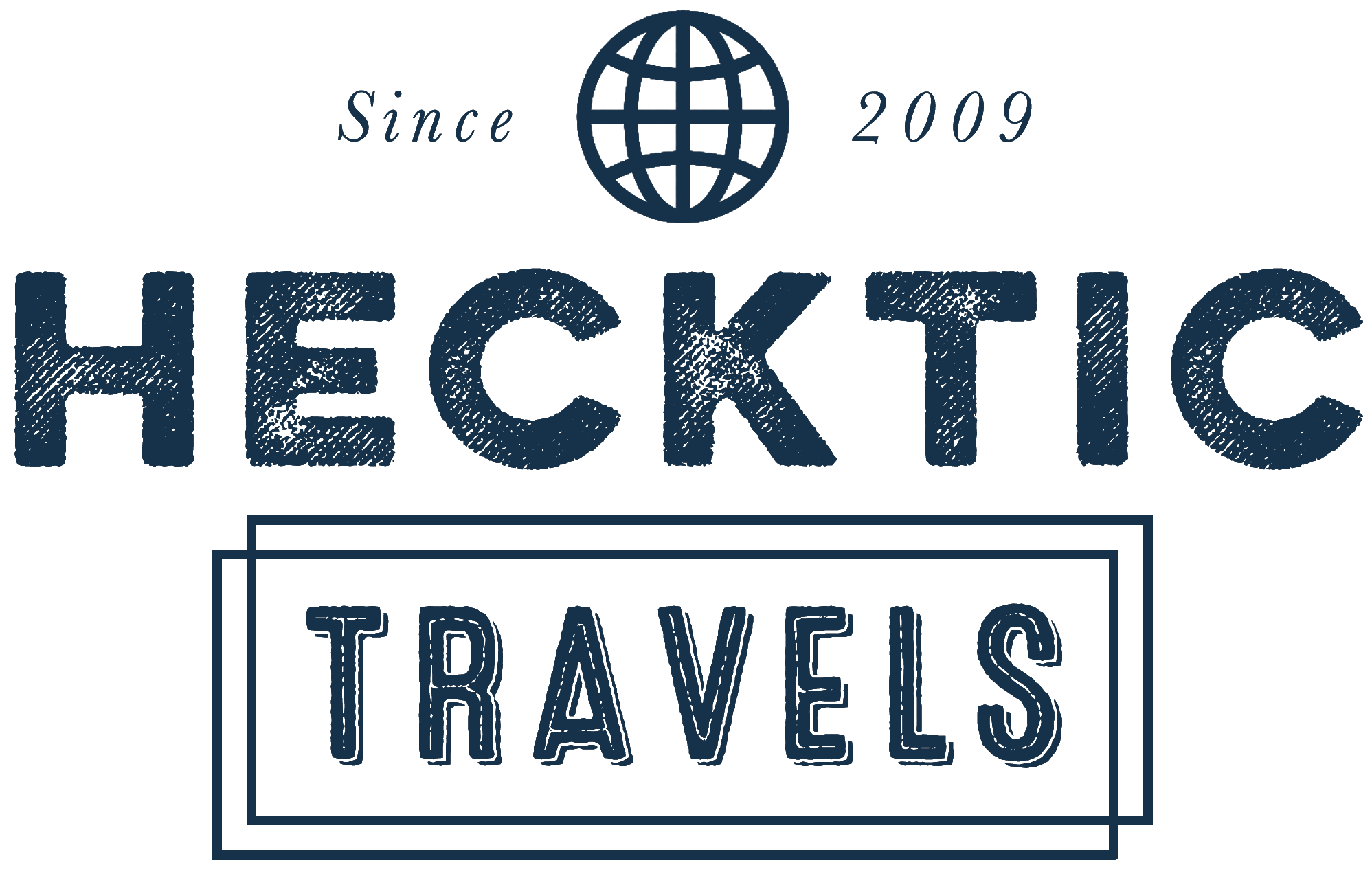
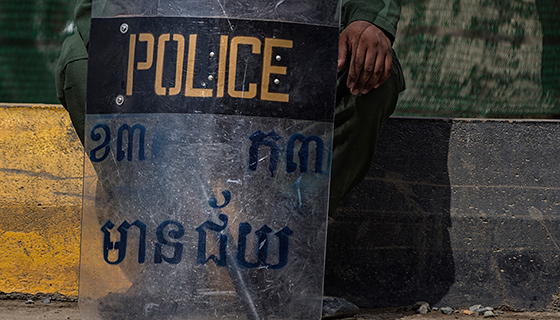
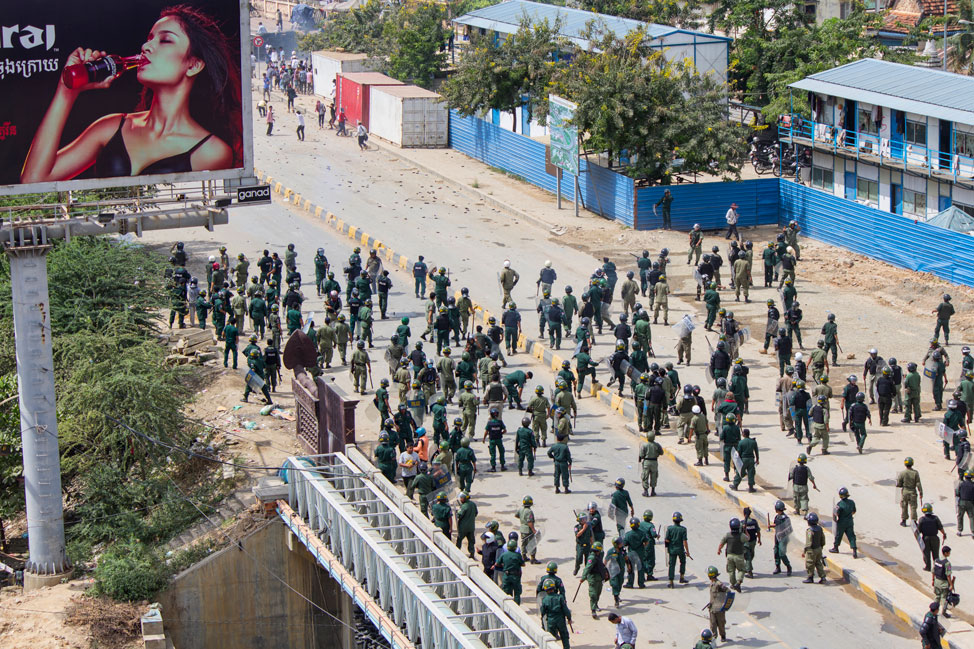
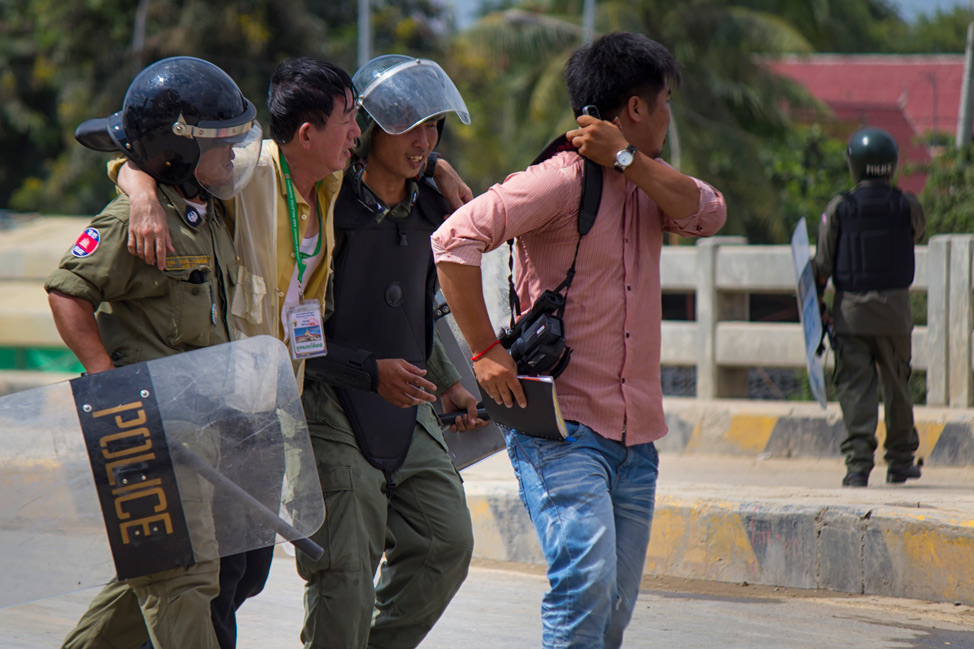
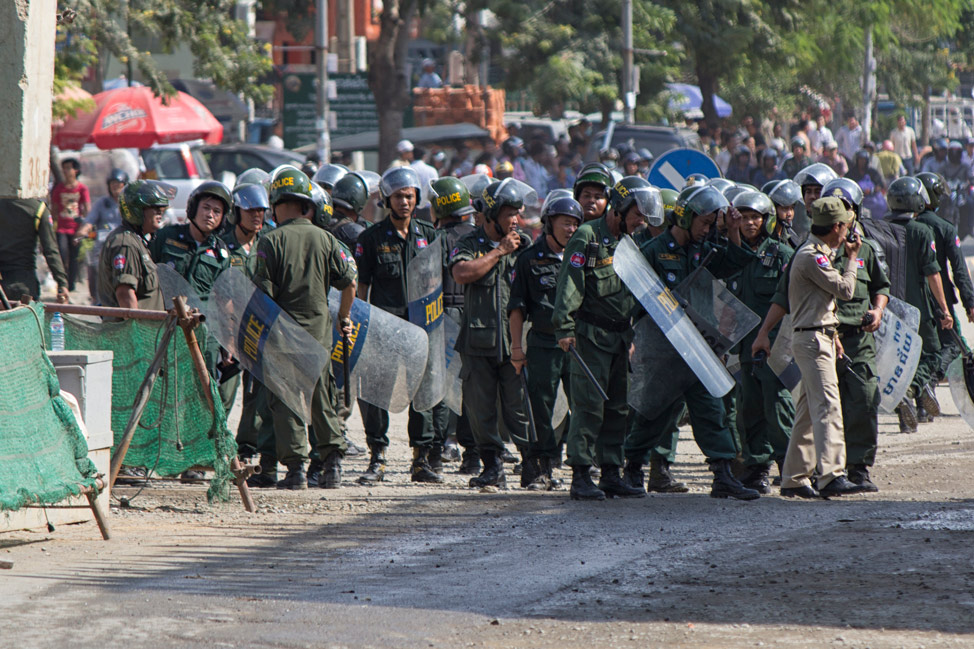
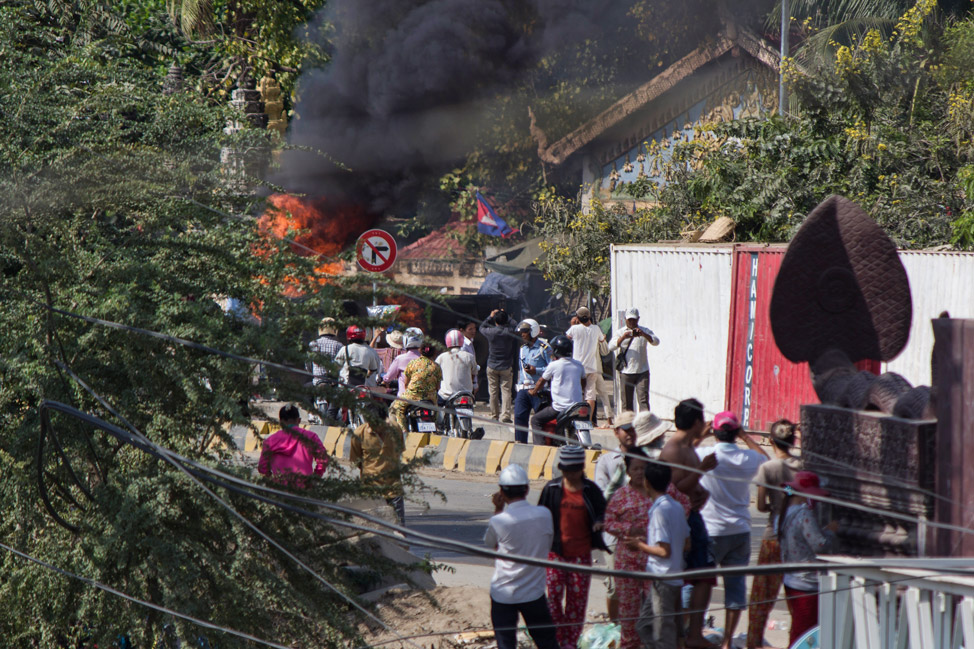
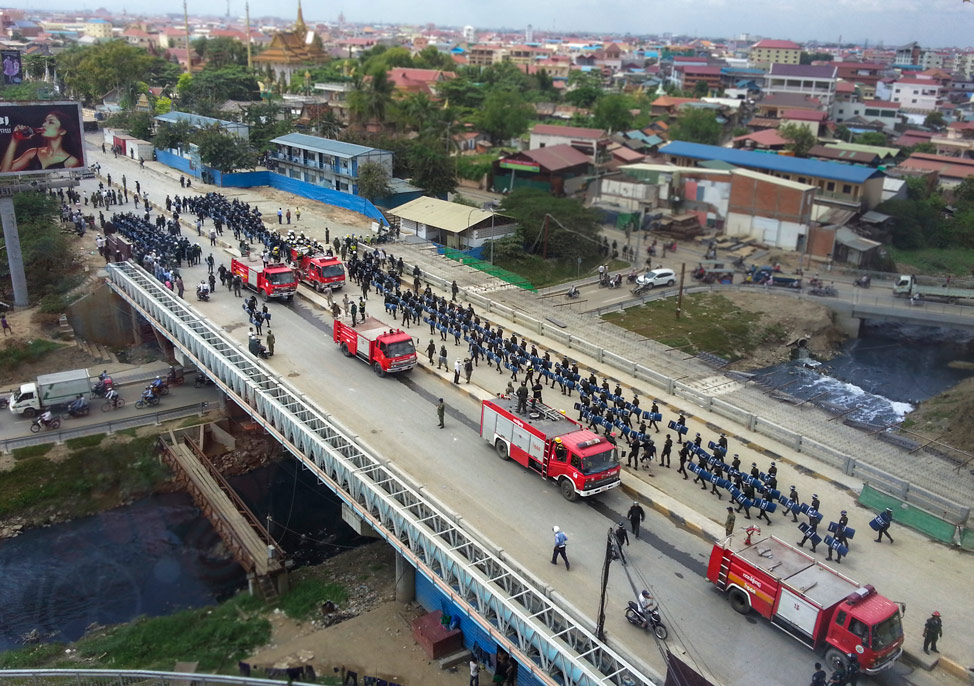
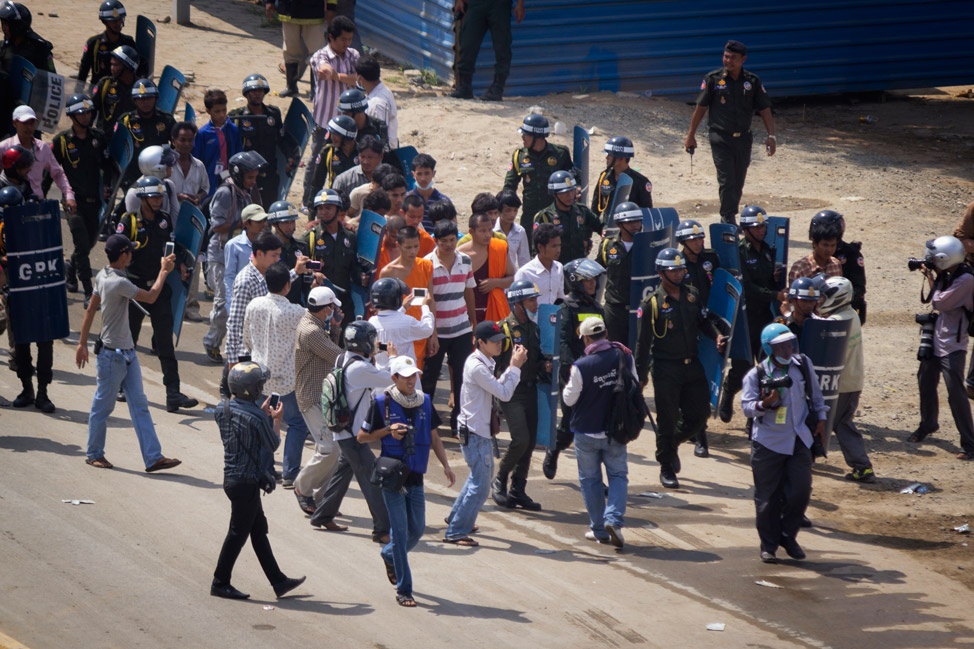
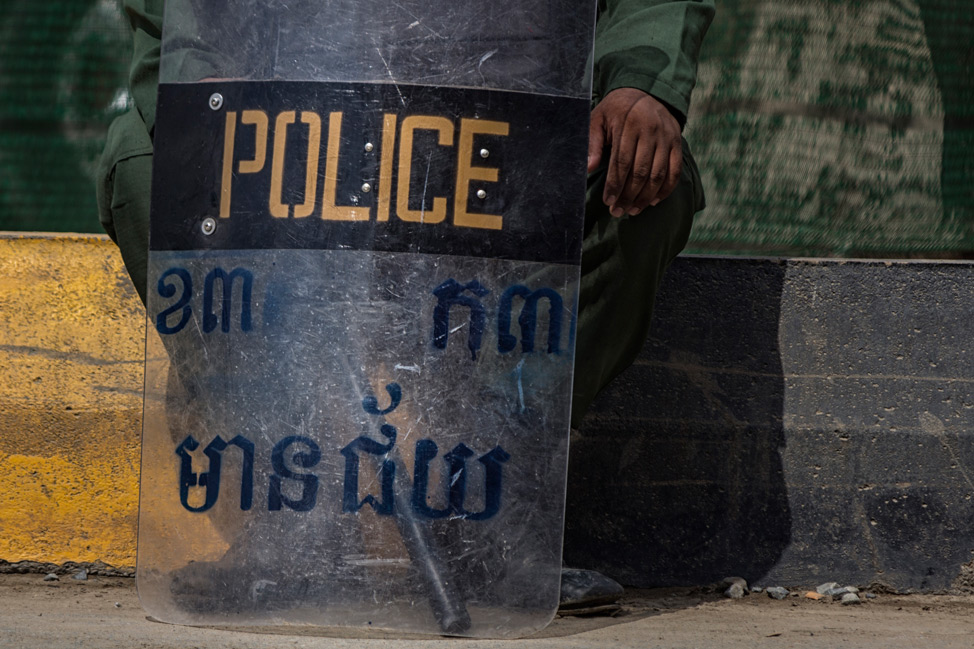
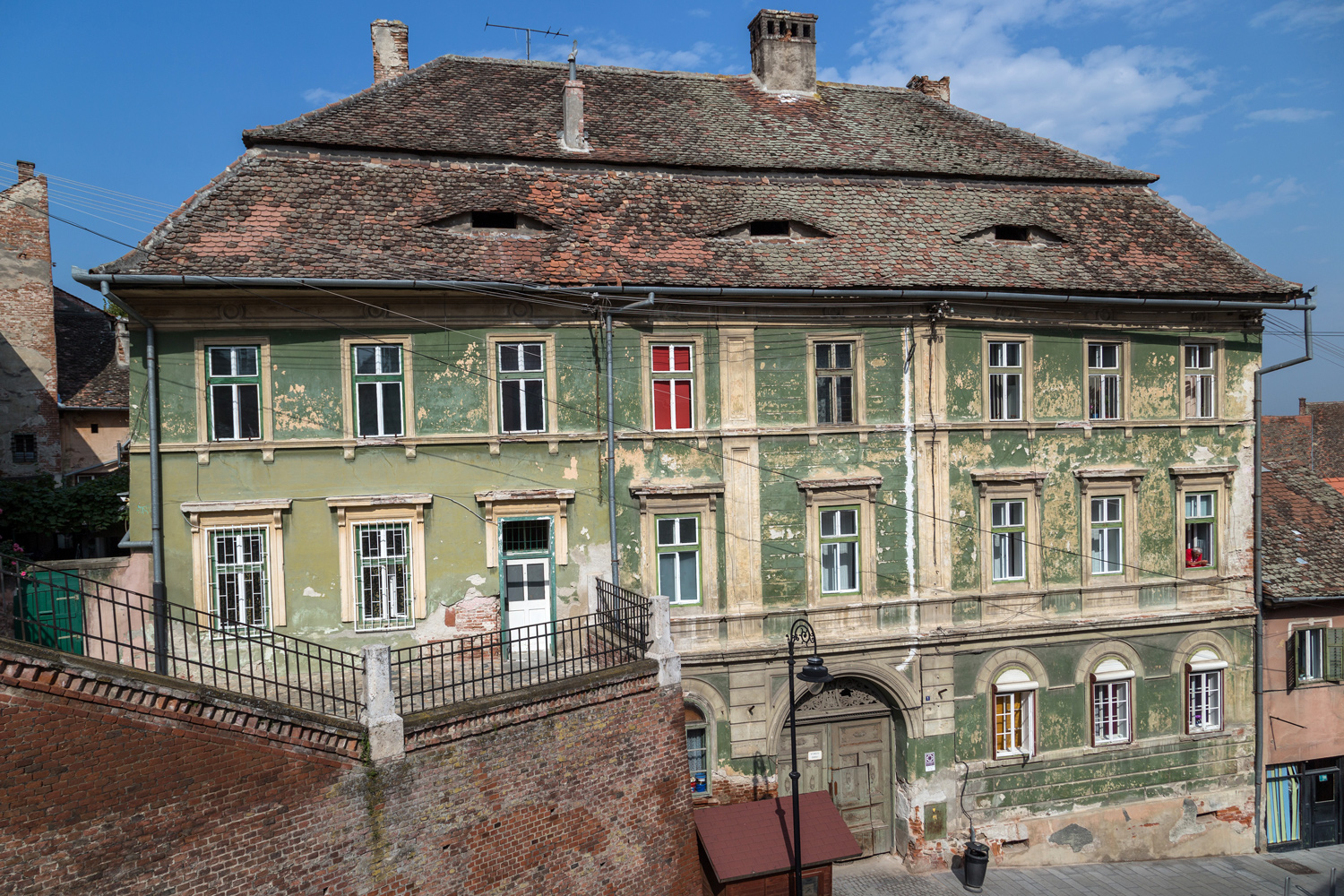

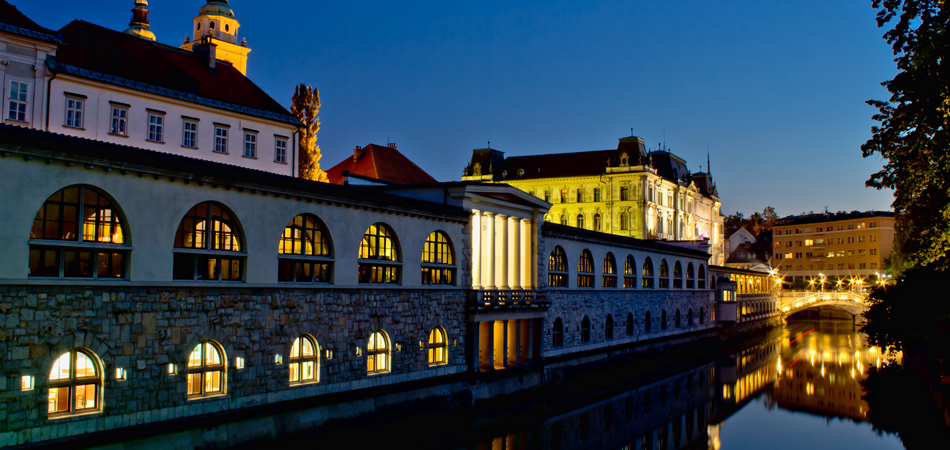
WOW. Completely eye-opening. I am always on the look out for a ‘bargain’ and give little thought to where my clothes come from, and yet I always consider where my food comes from (I recently became a vegetarian). It’s crazy that most people think more about the animals than the people who are making our clothes and living in inhumane conditions.
Thank you so much for this post; I will be changing my ways from now on!
Thank you for sharing this. Heartbreaking. Officially done with H&M (never shopped at Gap, thank goodness).
way to go doing your research and posting this! I have a post that is about my H&M little black dress i take everywhere, like you I didn’t know why they were so cheap. sad to hear, and will add a note to my post.
Thanks for adding a note to your post. It’s something that so few of us think about, we need to spread awareness.
Thanks for posting this. In the past four years I have become mostly vegan, switch to environmental cleaning products and cosmetics, reduced my energy consumption, used exclusively public transit, etc, etc. But ethical clothing has been such a struggle and it’s really hard to know where to begin and what information to trust. And I’m on an incredibly restrictive budget right. It’s been easy to ignore the issues and just tell myself I need pants, so what am I supposed to do? This has definitely renewed my commitment to making better wardrobe choices.
Sorry you had to witness this, but at the same time, more of us in North America should be aware of these issues and the violence that can result from our taste for the cheap and convenient.
It is such a difficult situation, as you said – it is hard to know where to get good information. But in my research I found several retailers that kept repeating – H&M, Gap, Walmart, Nike. Not all of them are bad, and it’s important for us to realize that as the jobs that these retailers provide are also very important on this side of the world. It just means we have to really try to find the info we need to make an informed decision.
I’m wearing a pair of those $10 H&M leggings and a H&M dress at the moment and I didn’t give it a second thought when I bought them. (Feeling awful about that now.)
I would love to say I’ll never shop there again but the unfortunate reality is I will because it’s cheap.
It’s not a situation I feel good about.
But thank you for writing this.
It’s important to note that not all discount retailers are bad – but retailers like H&M, Gap, Walmart and Nike came up often in my research. There are other options.
Incredibly well-written as usual Dalene… Good on Pete for getting some photos out there. “Oh his poor mother…”
Haha, that is the first time you can use that phrase on us versus the thousand times I’ve said it to you. 🙂
Wow. Thank you for writing & sharing this. It just really makes a person think about what they’re actually supporting, inadvertent as it may be, when we buy clothing from these places. Made me think for sure since I practically live in Gap clothes :/ I’ll be sharing this post for sure.
I can’t imagine what it must have been like to see this unfold in person. The world is a very messed-up place sometimes.
It’s a tricky subject to tackle, too. On the one hand, you want to completely boycott these stores and demand that they close down these factories altogether. But on the other you realize how much worse off these people with be with no jobs at all. Better wages and working conditions clearly are the answer!
The most problematic retailers (the ones that came up most often in my research) are H&M, Gap, Nike and Walmart. If demand stays the same but we push our dollars elsewhere, then theoretically the jobs will remain. Not all are bad.
WOW – that is intense. Great article. The images are quite powerful.
Totally agree. Ban the stores that use sweatshops. However, this will be tough. There are more and more stores using them. Fantastic article. I am so glad the two of you were safe.
I had no idea that H&M and Old Navy use sweat shops and that is why their clothes are so affordable. Thankfully you were both safe and could bring us all this important story. It really makes you think.
Thank you for writing this. It’s so important. I used to live in Gap clothing but not anymore… and now I won’t again until they shape up.
I am so thankful you’ve posted this. I also accidentally witnessed this protest as I rode through nearby on a moto on a regular trip to the gym. It turns out I was there shortly after the innocent woman was shot. I was able to speak with my Cambodian students about the issues the garment workers here in Cambodia are facing. Workers are certainly underpaid and exposed to deplorable conditions, including hazardous dyes, violent managers, and minimal eating breaks. However, the income that international companies like Gap and H&M bring into a developing economy as crippled as Cambodia’s is necessary and welcomed. What other company can even begin to employ so many people, who perhaps without these jobs would have no income, or be required to migrate away from their families and with little security for work? Boycotting these companies is certainly one way to take action. Another way is to leverage our position as customers and stockholders to demand that the companies we support take MORE action to improve these working conditions. When I posted about this protest on my facebook wall, a friend directed me to Gap’s verbal commitment to social responsibility and human rights within factories. Demanding action and change from those who are most responsible – the companies – will benefit both workers and the Cambodian economy.
Shannon, thank you for your comment and you are absolutely right. It is a complex problem and the jobs in that part of the world are so important to the economy. By speaking in the most effective way we can (with our “dollars”) we are still going to likely be hurting the employees. There is no easy answer. But as long as we continue to demand the lowest price on our consumer goods, the pinch will continue to be felt not in the corporations pockets, but on the factory workers across the world.
Of course a verbal commitment is easy to make, and I see nowhere in that Gap page that mentions wages for workers. With regards to this particular factory, the workers are earning $74/month when the minimum wage is $80.
There are retailers that are doing more, and if we want to make choices with our dollars, we should shift there. Theoretically, more demand for those brands will push more jobs that way.
Thanks for writing this Dalene
I just realised that 6 out of about 25 clothes I took with me to south east Asia come form H&M… and I though GAP said no to sweatshops a long time ago. Shocking
Seriously guys, one of your best pieces. It is so true, that we don’t realize how intertwined we all are. That the decisions we make 6,000 miles away can affect families in a place we may never set foot on, but once you do – it’s tough to look away.
If anyone’s interested Naomi Klein has been reporting on this since the 90’s and her book, No Logo is one of the best I’ve ever read on it: http://www.amazon.com/No-Logo-Anniversary-Edition-Introduction/dp/0312429274/ref=pd_sim_sbs_b_1. The 10th anniversary edition has a new introduction added by the author. The book delves deeply into global brands and the impact it has on all of us.
Thanks so much Jeannie, that book will be my next purchase and I’m going to move this link up to the body of this post.
Hey girl, glad you’re considering the book, it is a hefty read but very illuminating on how global brands operate in other countries. Klein and her husband, Avi Lewis have been doing work like this for years (they are both Canadian journalists/muckrakers). They also did a really good documentary on shut out factory workers reclaiming their lives and work, on their own terms, after the economic collapse of Argentina: http://topdocumentaryfilms.com/the-take/. Everything that happens has ripples and echoes which makes me believe we all have vested interest in supporting each other, not hating or killing.. those are my 2 wobbly cents! Hugs!
What a scary experience! Glad you are alright.
Thanks for sharing this story. It is very powerful. It’s all too easy (especially during the holiday shopping season) that our actions and purchases have social impact.
Thanks so much for these really useful links, Dalene, your photos and this post. It has long bothered me at how disposable clothing has become. Sad to know that in so many places people are considered disposable, too.
We can’t do much about other countries’ governments but we can bring pressure to bear on companies to ensure fair working conditions and wages in their factories, wherever they employ people in the world. It’s a pretty terrible company–and person–that only does right when publicly shamed.
This scared me a little, on your behalf. 😉 The account is eye-opening.
I’ve said it before….. you both are inspirational. Learning is constant, teaching is a gift.
Thank you for the gift.
Bravo for writing this piece. A great example of citizen journalism. I second Shannon’s insight – the main issue is to improve worker’s conditions and ensure their rights. The same can be said about Bangladesh, China or any other place where sweatshops prevail. There is a moral price tag to everything we own. Currently, all clothing we buy on our trips is locally produced. Until multinationals wise up, they’re not seeing my (admittedly little) money.
Workers conditions are definitely a part of the problem – but to earn only $74/month when the minimum wage is $80 (still, devastatingly low) is appalling. There is no easy answer.
The conditions in some of these factories are atrocious. I know people who have been told to drink more water in order to faint less during work, as it is loosing the factory money. I also saw three girls who have been shot at during protests telling their story to a large crowd on Human Rights Day last year to raise awareness of these issues. It is really important to raise awareness of these working conditions, so I am really glad that you wrote about this guys!
It must have been quite painful to witness first hand. Thank you for helping create awareness!
Thanks for sharing about this. I first scanned through your photos and then I saw your bulleted list at the end of the article about ethical shopping, so I scrolled right back up to read more of your text.
Definitely glad for you publishing about this and sharing some helpful resources. I’ve tried to be as ethical as possible in the way I live my life, but sometimes you can’t fight every battle. Your experience and photos will definitely make me think more about my clothing purchases from now on, though, so thanks for that.
You nailed it – the tough part is trying to fight every battle – and as a traveler, we definitely see our heartbreaking share of “battles” around the world.
Thanks for your comment, Adam.
A to-the-point reminder about why traveling with eyes and hearts open is important. And difficult.
This is not the first negative post I’ve read about Cambodia recently, and it makes me so sad as I love that country. Sorry you had to see this =/
I am really sorry it happened (happens!) but I am not sorry to have seen it. It helped raise my own awareness.
I’m glad you were there to witness this as where I am there is no mention at all about these protests. You say they’ve been going on for months? Good write up and photos, very eye-opening.
For months, yes, that is what I have learned. Not all are so violent, but it’s so unfortunate that they happen in the first place.
OMG, it’s so sad to know about that… That’s why some clothes do have a very cheap price, yet the company could still afford to make expensive ads. That is what’s so cruel about the business world, the riches gets richer and the poor gets poorer. I think it’s not only in Cambodia, but in some other countries things like this happened.
You are right, it is definitely happening in other countries. How many? Who knows. We see very little evidence of this in the media.
thanks for sharing! in the berlin u-bahn they have posters of garment workers in bangladesh sharing their plight, but to see it like this is totally different. i do hope h&m, gap, and other big fashion retailers pay attention to their production lines and do something to help their supplier’s employees
Thanks for letting us know what was behind the protests. So sad to know that so many people are working in terrible conditions for such little money to make cheap clothes for western society. It’s so hard to determine where to spend your money these days, since as you said, companies do a lot to hide the ugly truth.
Wow, powerful post and an important reminder! I’ve been trying to stop buying cheap clothes from these global chains for a while but it is so difficult to turn down their low prices. I’ll remember these images the next time I think of popping into one of those stores or turning to their websites.
An extremely sobering post indeed. I think for many people (myself included) it’s easy to not think about what’s going on in other parts of the world and yet people are truly fighting to survive every day, regarding many things that we in the Western world take for granted. But active consciousness is the best place to start.
Really great post you guys.
This must have been a bit frightening, but also really eye opening.
I knew that Walmart, Nike, and Gap were always frowned upon but I didn’t know about H&M. I’ve never been a bit fan of H&M, although I do find myself shopping there since moving to Asia because it’s convenient to find Western sizes… but not anymore!
Wow, so eye-opening. It is so easy to be detached from things like this. Honestly, it´s just easier to turn a blind eye then face the truth about our favorite shops. It´s great that you wrote this and put it out there for us to really see what is going on.
I just wonder how many stores are like this, and if you can really shop somewhere that doesn´t have any hand in cheap labor. Almost all the affordable ones are on that list of 60!
It is really, really, difficult. Others have suggested increasing focus to thrift stores (although some have their own ethical dilemmas), at least the dollars are going to charity and not the corporations.
I need a wardrobe do-over when I get back to Canada next week, so I’ve been trying to research as much as possible. It is not going to be easy.
Glad you two are safe. Makes me think twice when I’m shopping for clothes. Thanks!
Holy shit, that’s crazy, I’m glad you two are safe but also glad (in a bizarre way) that you were able to witness something as important as this, something that most people in our part of the world don’t think twice about. Thank you for bringing an issue like this forward where it needs to be
OMG, thank you for sharing! We are headed to PP, Cambodia in 3 weeks. I feel guilty, I have those same shorts. Sharing this with some HM lovers back in the USA…..Great article again.
Thanks for sharing Hannah!
Wow!! To witness something like this must have been both terrifying, and intriguing. Thank you for sharing your story.
I’ve spoken about this with both of you, but damn. The injustices in this world break my heart. You have done a great service sharing this story. To be witness to something like this and to share it is incredibly powerful. It makes it very hard for me to shop, but as Pete said the other day, if you don’t shop, then it makes it even worse. Such a rock-hard-place situation.
It is, but in my (admittedly limited) view, if we can at least push our dollars to retailers who are doing more *good*, then that is a step in the right direction. If our demand stays the same, then theoretically, the jobs should just shift. But again, this is not an easy situation at all.
Wow, this post is like a punch in the gut. I try to eat ethically (I don’t eat fish due to concerns regarding overfishing) and I only buy cosmetics and toiletries that are cruelty-free, yet I’d say about 30% of my small wardrobe comes from H&M. I’d love to join your other commenters in promising that I’ll never shop there again after reading this post but realistically that is going to be a very hard habit to break.
Wow! What a horrifying experience! Can’t imagine being swept up in that. Glad you’re ok!
And we definitely know about the trials and tribulations of investigating what to buy. We strive to make the least negative impact on this world, causing the least amount of pain to all of its citizens, but at times it seems impossible to not hurt someone or something along the way. That’s where our mantra comes in: “When we know better, we do better.”
Thanks for the post!
Wow, what an incredible thing to witness.
I’m definitely trying more and more to buy locally instead of from the big chains like Zara or H & M. My issue though is the price and how it tends to be more expensive. 🙁
Have you ever shopped from Novica – you can buy direct from artists in poor countries from around the world. Some of the sellers even get business funding through a partnership with Kiva. I’m a big supporter of both organizations!
Thanks for posting Cambodia news. This is not the first time the current government led by prime minister Hun Sen uses force against his own people. He has killed a lot of people including his opponents. I heard his house in Tourl Krorsaing outskirt of the capital has crocodile pond too. If he wants to get rid of evidence, he just throw the whole body to the pond. His wife even shot a former Cambodia to death because she accused her to have affair with him. All government departments including police, military, and court etc… in Cambodia are under Hun Sen control. He is a dictator who works for the interest of Vietnam. He signed off several islands and land along Vietnam border to Vietnam and allows Vietnamese people come and go freely in Cambodia. Vietnamese agents are also in every sectors in his government. Cambodia is in danger from Vietnamese control and takes over in the near future. That’s why Cambodia people this week turn out to ask him to step down. But, he won’t step down easily. There’s no country in the world who leases the land to other country for 99 years except Hun Sen who lists the land to Vietnam. Down the road Vietnam will claim that land and annex it.
American News broadcast companies like CNN, ABC, NBC, or CBS never care about Cambodia. They only care about Thailand. I never watch those channels. I prefer foreign channels like BBC, Alzazerra, France 24, or NHK.
Seeing protests in Argentina, Chile, and Bolivia had a big impact on me. It is amazing to discover that so many injustices are going on around the world that never make the news. While I didn’t necessarily always agree or even fully understand the issues, I felt it was important to know and tell others what I saw.
Great, eye-opening post! Thank you for take the time to write about these issues.
Wow, what an experience. This makes it much more personal and is a strong reminder for us to pay attention to what we do, whether it’s active or passive. Thanks for sharing this!